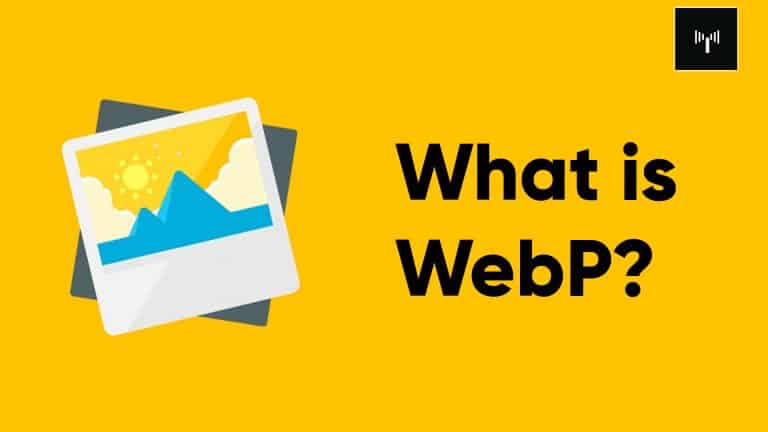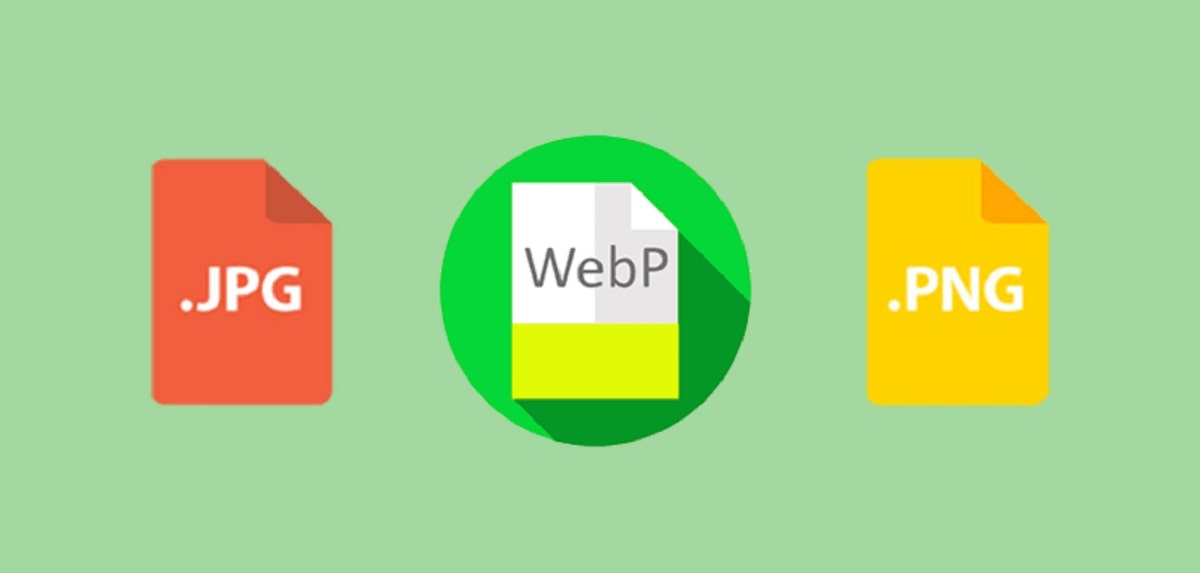Having a WordPress or any website that loads quickly is undoubtedly every webmaster’s dream come true. Using pictures in the WebP format is one of the most effective methods to improve page performance.
So, what exactly is WebP? It is a format that provides a more detailed, high-quality picture while being lower in size when compared to PNG or JPEG.
WebP is a file format that you will discover in this post, along with its advantages and disadvantages, and how to utilize it on your WordPress website.
Contents
What Exactly Is WebP and How Does It Work?
It was in 2010 when Google introduced the WebP file format to the world. It allows for a greater compression rate for pictures while maintaining the same level of quality. To allow your site to load quicker, webmasters and developers may create images with lower file sizes as a result of the smaller file sizes.
When compared to the PNG and JPEG formats, this format makes use of more powerful lossless and lossy compression techniques.
In other words, lossless compression ensures that every piece of the original data remains unchanged once the file gets decompressed. When compared to PNG, WebP lossless can compress pictures up to 26% more efficiently.
Lossy comparison, on the other hand, will often result in smaller file size since it will remove a little portion of the original data.
Lossy WebP, which uses predictive coding to encode images, provides picture quality that is similar to JPEG while decreasing image file sizes to around 25% to 34% compared to JPEG. Also, Check our WordPress Guide to install the Jetpack plugin.
Advantages of Using Webp
- As previously said, lower picture sizes may make a significant impact on your website’s loading time since they allow the page to load more quickly.
- Another advantage is that you may save more bandwidth, which is particularly useful if your website has a large number of pictures, as is the case if you operate a cuisine, travel, or photography blog.
Consider the following short explanations of the JPEG and PNG image formats to help you better grasp the differences.
JPEG (or JPG) — This format is excellent for pictures with a lot of colours, and it is the format of choice for still images in general. In most cases, however, there is a trade-off: you will notice a small decrease in picture quality as a result of the compression.
PNG — This format is great for retaining picture quality even after it gets compressed. This format is best suited for pictures with a large amount of data or pixels, such as logos, images with a lot of text, and drawings. However, it is not very effective while taking pictures.
WebP — It is a hybrid format that incorporates the finest features of both formats. While it provides a 25-34% lower file size than PNG or JPEG, it still manages to maintain picture quality while doing so.
Take, for example, the pictures from Google’s WebP gallery, which serve as an illustration. As you can see, there isn’t much of a difference in the quality of the JPEG pictures on the left and the WebP images on the right when comparing them.
When you do a file comparison, however, you will find that the WebP pictures are 32% and 34% less in size than the JPEG images, respectively.
The Negative Aspects
Given all of the advantages that this picture format has to offer, it’s important to point out some of the disadvantages that it also possesses.
- First and foremost, although several major browsers, such as Google Chrome, Firefox, and Opera, currently support the WebP format, many others do not. Safari and Internet Explorer, on the other hand, do not.
- We anticipate that those browsers will follow suit soon, given the present trend.
- Another issue that a webmaster who wishes to utilize this format for their website must deal with is the fact that WordPress does not presently accept WebP pictures. Hence, you cannot add WebP files to your WordPress media library.
- This does not rule out the possibility of using it; you will just need the assistance of a plugin in WordPress to do so.
Conclusion
That’s all there is to it. Webp format allows you to create pictures that are lower in size but higher in quality to use on your website.
You should definitely start utilizing this format for your pictures since it allows your website to load them far more quickly than it otherwise would. It also provides you with a large amount of bandwidth quota space, which is particularly useful if you have a large number of pictures on your site. Despite the fact that it has its limits, you may always utilize plugins to assist you in converting those pictures.


